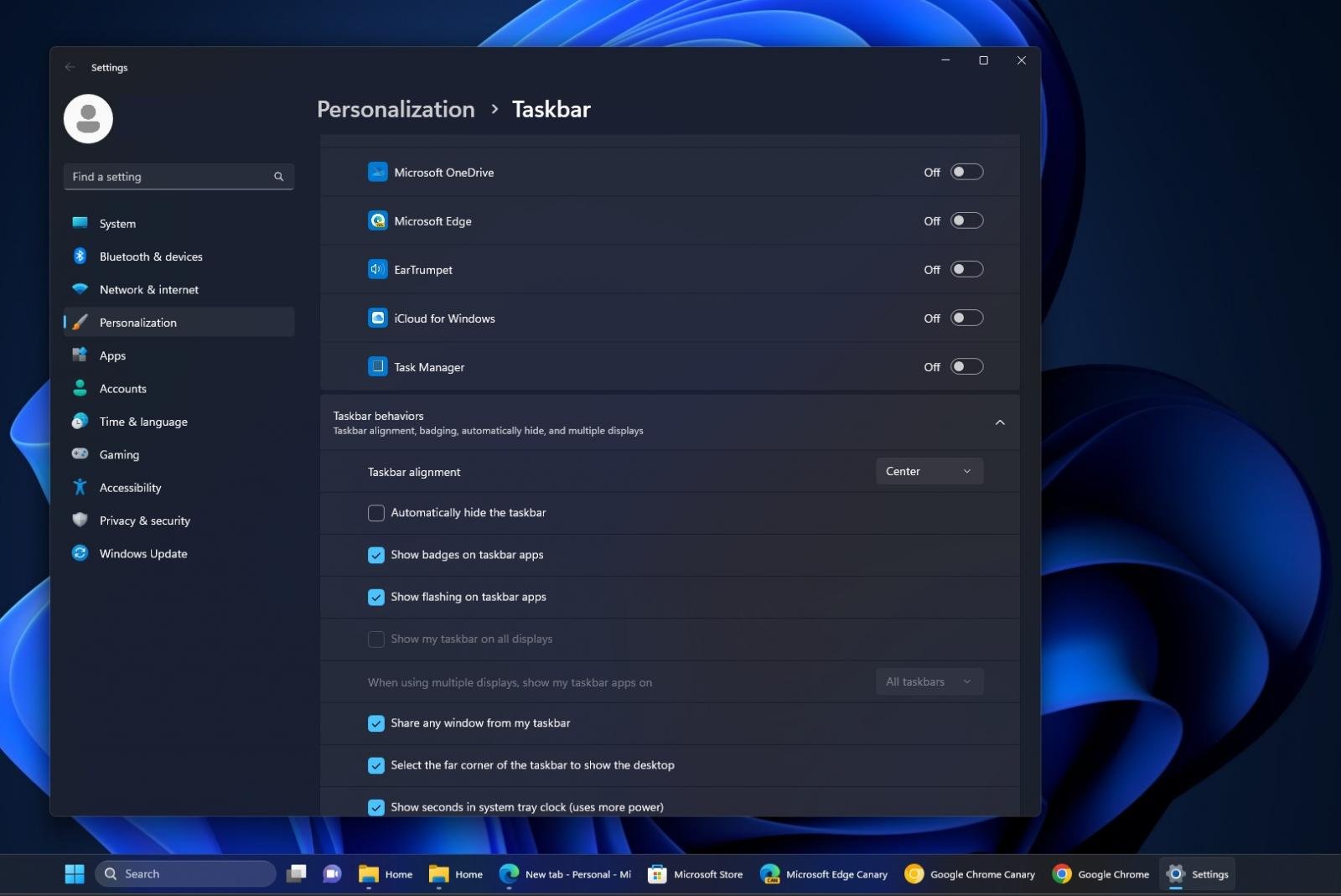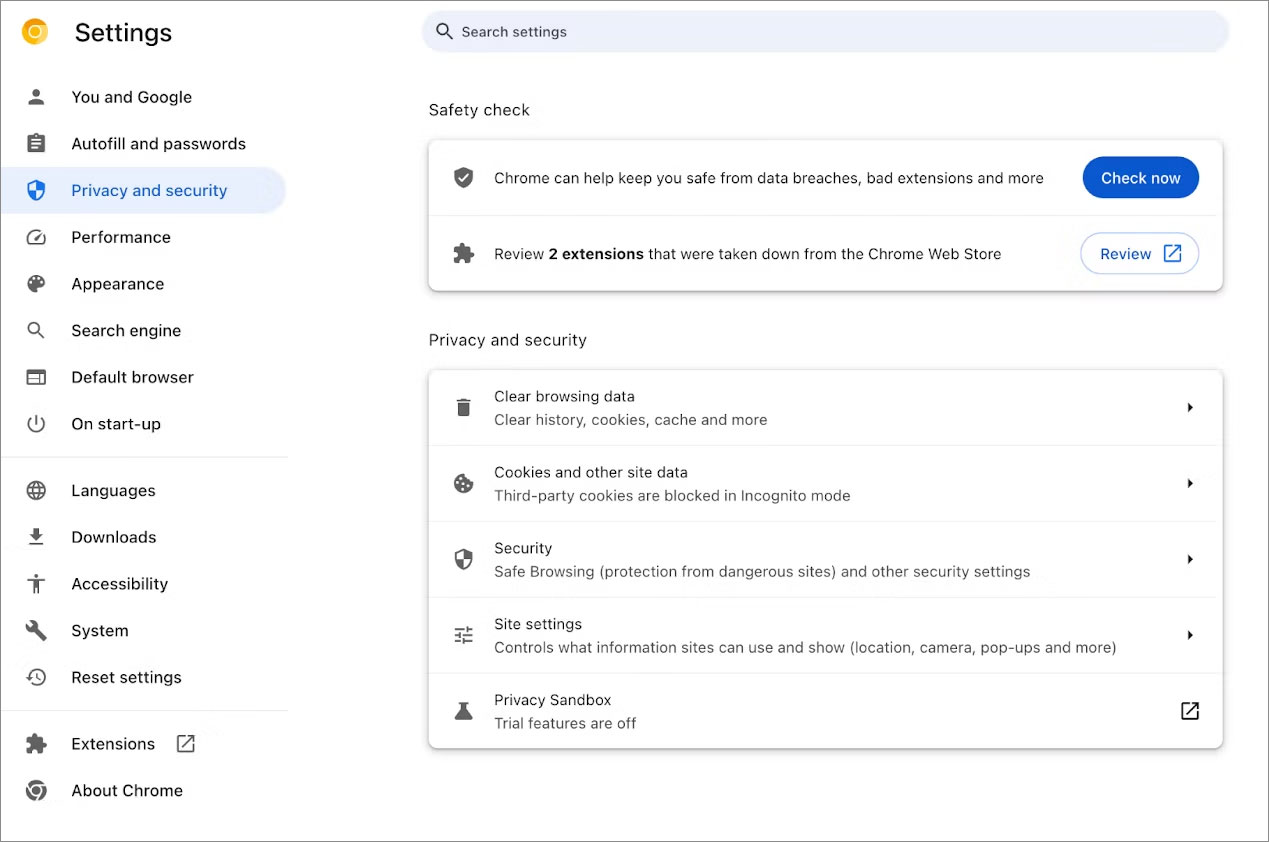The War Room
1 readers
1 users here now
Community for various OSINT news and subject matter for open discussion or dissemination elsewhere
founded 1 year ago
MODERATORS
76
1
How to Investigate an OAuth Grant for Suspicious Activity or Overly Permissive Scopes
(thehackernews.com)
77
1
US Gov Warns of Foreign Intelligence Cyberattacks Against US Space Industry
(www.securityweek.com)
78
79
80
81
82
1
Brazilian Hacker Claims Bolsonaro Asked Him to Hack Into the Voting System Ahead of 2022 Vote
(www.securityweek.com)
83
1
This Malware Turned Thousands of Hacked Windows and macOS PCs into Proxy Servers
(thehackernews.com)
84
1
Flaws in Juniper Switches and Firewalls Can Be Chained for Remote Code Execution
(www.securityweek.com)
85
86
87
88
89
90
91
92
93
1
PoC exploit for 0-day Windows Error Reporting Service bug (CVE-2023-36874) releases
(securityonline.info)
94
95
96
97
98
99
100







